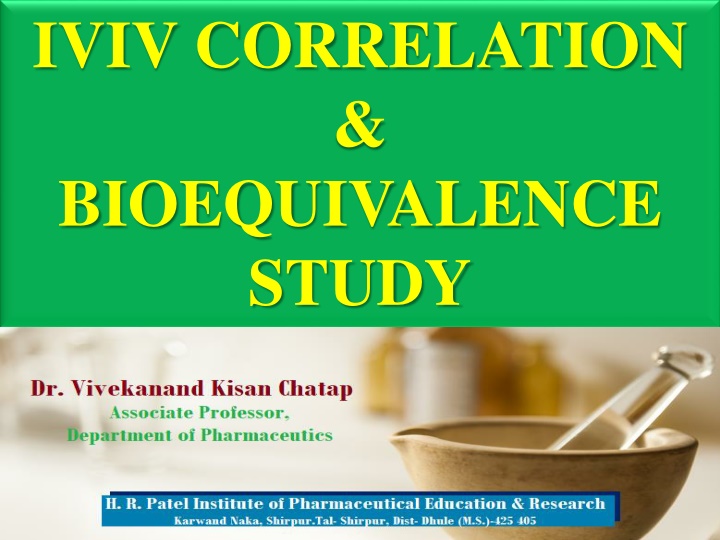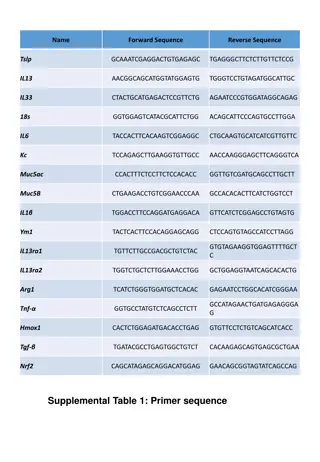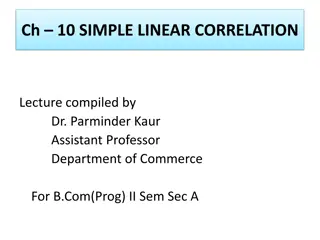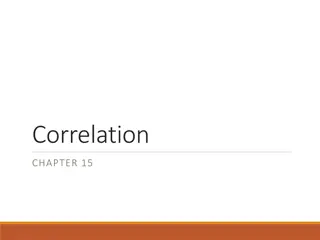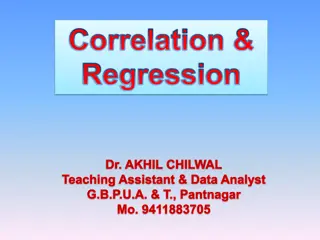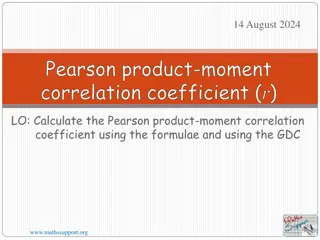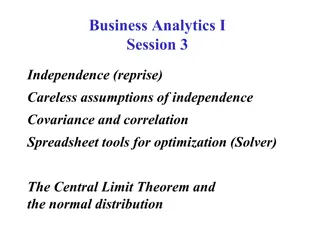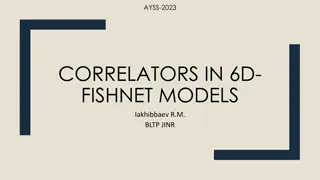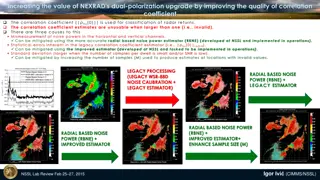IVIV CORRELATION
The establishment of a rational relationship between a biological property derived from a dosage form and its physicochemical properties, aided by predictive mathematical models. Examples include chemical equivalence, pharmaceutics equivalence, and therapeutic equivalence in drug products.
Download Presentation

Please find below an Image/Link to download the presentation.
The content on the website is provided AS IS for your information and personal use only. It may not be sold, licensed, or shared on other websites without obtaining consent from the author.If you encounter any issues during the download, it is possible that the publisher has removed the file from their server.
You are allowed to download the files provided on this website for personal or commercial use, subject to the condition that they are used lawfully. All files are the property of their respective owners.
The content on the website is provided AS IS for your information and personal use only. It may not be sold, licensed, or shared on other websites without obtaining consent from the author.
E N D
Presentation Transcript
IVIV CORRELATION & BIOEQUIVALENCE STUDY
3,4 DEFINITIONS USP definition The establishment of rational relationship b/w a biological property or a parameter derived from a biological property produced by a dosage form and physicochemical property of same dosage form FDA definition It is predictive mathematical model describing the relationship b/w in-vitro property of dosage form and a relevant in-vivo response
Types of equivalence Chemical equivalence drug products contain the same labeled chemical substance as an active ingredient in same amount. It indicates that two or more 5
Pharmaceutics equivalence This term implies that two or more drug products are identical in strength, quality, purity & content uniformity and disintegration & dissolution characteristics, they may however differ in containing different excipients. 6
Therapeutic equivalence Two or more drug products that contain the same therapeutically active ingredient, elicit identical pharmacological effects & control the disease to the same extent. 7
When do we do BE studies ? Clinical Service Form to Final Market Form Change of formulations (capsules to tablet) Generic Formulations Change of Process or manufacturing site (some times)
PURPOSE OF IVIVC Key goal in development of dosage form is good understanding of in vitro and in vivo performance of dosage form. Formulation optimization requires altering some parameters bioavailability studies. Avoid to delay in marketing, added in time and cost. Regulatory guidance developed to minimize the additional bioavailability studies.
The guidance is referred as in vitroin vivo correlation. Surrogate for in vivo bioavailability study. Optimization of manufacture process and Economic condition
1,4 IMPORTANCE Serves as a surrogate of in vivo and assist in supporting biowaivers. Validates the use of dissolution methods and specification. Assist in QC during mfg and selecting the appropriate formulation. Batch to batch consistency in physiological performance
Levels of IVIVC Level A point-point corelation b/w in vivo %drug absorbed, then compare with %dissolved in vitro Level A Level B Statistical moments; MRT or MDT in vivo vs. MDT in vitro Level C single point; PK parameter vs. %dissolved Level C Level B Level A Malinowski and Marroum, Encyclopedia of Contr. Drug Deliv.
Biopharmaceutics Drug Classification for Extended Release Drug Products. CLASS SOLUBILITY PERMABILITY IVIVC IA High & Site Independent High & site Independent Low & site Independent Low & site independent High and site independent Level A expected IB Dependent on site Level C expected Level A expected No IVIVC IIa High and site independent Dependent on site narrow abs. window variables IIb Va: variables No IVIVC Vb: variables variables Level A expected
Generation of In-Vitro Release Profile USP apparatus 1 (basket, 100 rpm) or 2 (paddle, 50&75 rpm) Aqueous dissolution medium, 900 ml pH 1-1.5, 4-4.5, 6-6.5 & 7-7.5 at 370C A surfactant may be required (For low solubility drugs) In-vitro food effect Rotating dialysis cell method Effects of oils, enzymes and pH
In vitro dissolution: Compendial method (justify other method) The dissolution profiles of at least 12 individual dosage units from each lot should be determined difference factor f1, similarity factor f2
In vivo absorption (Bioavailability studies) Number of subjects : 6 to 36. Crossover studies are preferred formulations with different release rates same moiety as measured in vitro Washout period of at least five half-lives. BA assessed from Plasma or urine data AUC, Cmax, Tmax In vivo absorption- Wagner-Nelson, Loo-Riegelman, and numerical convolution methods.
Generation of In-Vivo Release Profile Compartmental Models Wagner-Nelson Loo-Riegelman Linear Systems Models Deconvolution Convolution Mathematically they all yield the same result
First step: Calculation of in vivo release profiles from plasma concentrations of an oral solution and different formulations
Second step: Comparison of calculated in vivo release with in vitro release data for the same formulations and establishment of a quantitative correlation model using a linear or non-linear regression
IVIVC in the product development process for extended-release products J.Emami, J Pharm Pharmaceut Sci (www.cspscanada.org) 9(2):169-189, 2006
IVIVC Model Predictability (Validation) For Cmax: For AUC: Acceptance criteria: According to FDA guidance 15% for absolute prediction error (%P.E.) of each formulation. 10% for mean absolute prediction error (%P.E.)
Design & Evaluation of Bioequivalence Studies 1 This studies are performed to compare the generic drug product to the brand-name product. Statistical techniques should be of sufficient sensitivity to detect differences in rate & extent of absorption. 29
GENERIC DRUG GENERIC DRUG
REFERENCES 1. Brahmankar D.M. ,Jaiswal S.B. Biopharamaceutics and pharmacokinetics ;A Treatise ,2nd ed. ,Vallabh Prakashan, p. 332-336. 2. Tipnis H.P. ,Bajaj A. Principle and application of Biopharamaceutics and pharmacokinetics ,1st ed., Carrier Publication ,p. 332-350. 3. Shargel L. ,Wa-Pong S. ,Andrew B.C. Yu. Applied Biopharamaceutics and pharmacokinetics ,5th ed. ,Mc Graw Hill company ,p.434-436. 4. Amitava Ghosh, A Review Journal of Pharmacy Research vol-2 2009 p. 1255-1260. 5. www.Google.com
